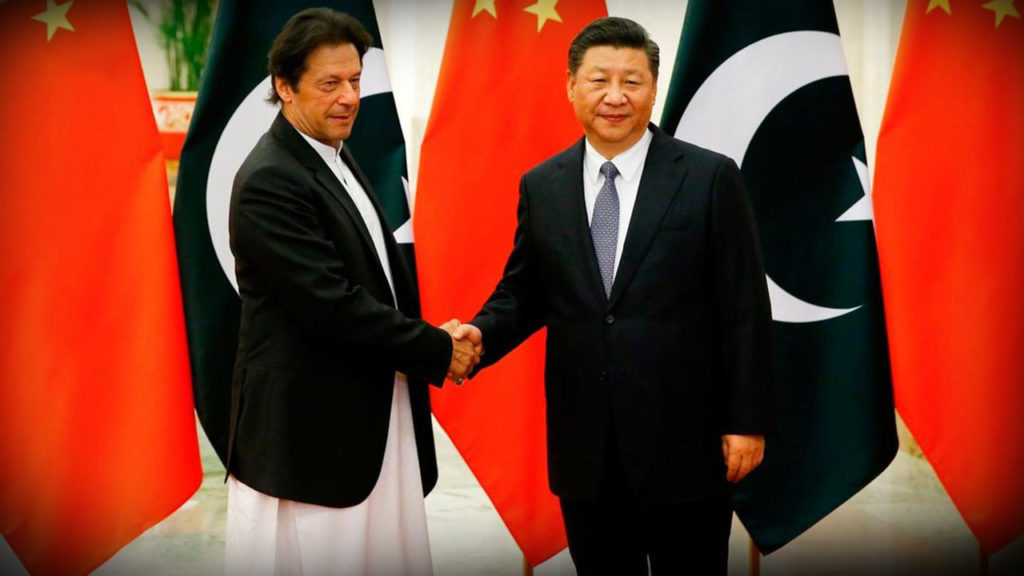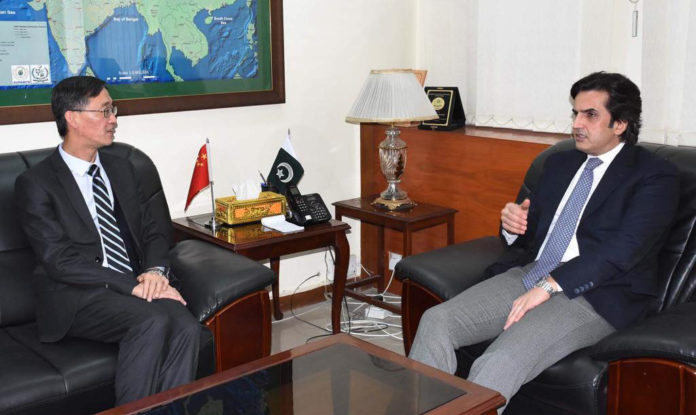China Pakistan Economic Corridor began as a landmark project for Pakistan. In the earlier stages, there was much skepticism regarding the practicality and feasibility of an economic enterprise worth 46 Billion US Dollars. As the world took a snail pace in realizing the potential of Gwadar and CPEC, the investment quantum was raised to 62 Billion US Dollars. Soon after, when Xi Jinping made an official visit to Pakistan in April 2015, he wrote the following words in an official editorial on CPEC,
“This will be my first trip to Pakistan, but I feel as if I am going to visit the home of my own brother.”
From that point onwards, Mr. Jinping proved that he meant every word he wrote. Pakistan was to become a second home to Chinese counterparts. Although, CPEC was initiated as an economic venture, in its entirety, it now encompasses social, cultural, technical and ethical ties between China and Pakistan. As of 2019, there are concrete milestones that have been achieved.
CPEC, in its regional context, is a part of a larger plan that is termed OBOR (One Belt One Road Project). OBOR consists of two routes, one maritime and the other land-based trade pathway. CPEC is the first and the most essential part of the land part of OBOR. It is by far the largest investment that has ever made it into Pakistan since 1947. Even better is the fact that this investment is not arriving in the form of loan or financial aid, rather, it is making its way into the Pakistan economy through industrial development, energy sufficiency, road and rail network, cultural exchange, technology transfer and capital. The term CPEC denotes a physical Corridor meant to boost trade through the traditional silk route but in its regional context, it binds the futures of China and Pakistan as one entity.
CPEC circles all the major impediments to Pakistan’s economy. One of the first hurdles was the energy shortage. In early 2017, Pakistan had a 4500MW power deficit. With exemplary dedication and cooperation, as of 2019, out of 8600 total electricity feeders across the country, power cuts have been ended in over 5200 feeders. It is important to note that Pakistan was losing 2.5% of its overall GDP in terms of Industrial growth due to power shortage which is being added to the national growth percentile. The Textile industry saw a sharp decline in production and profits due to rising power tariffs and unannounced cuts, with the availability of over 10000 MW of additional power, it is expected that the revival of Textile will add a major chunk of progress to the national economy.

With the advent of CPEC, there has been a consensus in the national politics and among the armed forces that first and foremost, CPEC can only be implemented through concrete security measures. After a handful of unfortunate events in which Chinese engineers were targeted by militants, the Pakistan Army devised a comprehensive strategy in collaboration with provincial and Federal Ministry of Interior to plan and implement a security framework for CPEC. Prior to this, the Pakistan Army had already completed Rad-ul-Fasad which brought confidence of Chinese authorities to go ahead with plans in Pakistan on CPEC. In the future context, it is evident that infrastructure development and job creation on such a massive scale as this, in sectors like Railways, industry, construction, technical skills, power and production will discourage militancy and exploitation of the masses by extremist elements. In the larger picture, it is believed that CPEC will completely wipe out extremism in the long run. The fruits and forecasts of this scheme have already been observed in 2018, which saw a drop in terrorist activities by more than 60%. If Pakistan and its people continue with the same zest and zeal, it is only a matter of time when hardliners and terrorists will not be able to find any fertile ground for their infestation.
Another facet of CPEC is its financial element. Pakistan has been struggling to gather foreign direct investment due to security and terrorism concerns. More so, for many years, there was massive flight of capital. The announcement of Chinese investment worth 46 billion US Dollars raised the stakes for opportunities in Pakistan for the International community. Many countries have shown interested in becoming a part of CPEC. Gwadar is already under the limelight. International corporations like Moody International are ranking Pakistan in one the major investment avenues in Asia. Liquidity is improving day and day. Many a nations which looked towards Pakistan as a country ravaged with corruption and terrorism, are now changing their perspectives for the better. This is an indicator of positive progress being made in CPEC and development of Gwadar as a jewel of Pakistan-China co-operation.
In a significant development, the Kingdom of Saudi Arabia, initially announced their interest in CPEC. As a pre-cursor to better relations, the Saudi Government announced fuel subsidies for Pakistan and opened dialogues on investment opportunities. Later on, these interests were converted into a reality when Gwadar became the key focus as the recipient of a state of the art oil refinery. Further, China did not raise any anti-sentiments and welcomed inclusion of Saudi Arab as an oil rich country to join the enterprise of CPEC. This month, the visit of crown Prince Mohammad Bin Salman, added new dimensions to economic co-operation between the two countries with an investment of over 20 billion US Dollars in Pakistan. It will raise the confidence of International businesses in Pakistan and adds value to the already 62 billion US dollars investment in the pipeline for the nation. More so, the interest of the Saudi Government in Pakistan and its commitment went far enough to conceding to release of 2000 Pakistani prisoners in Saudi jails. The investors are looking at Pakistan as an attractive avenue while the country will certainly reap the benefits in the process. A similar scenario is building up in UAE, where major companies have shown interest in investing in telecom and refineries in Gwadar and across Pakistan.

Imran Khan’s visit of China was a phenomenal success. He came back with 25 MoUs and the projects are only a little short of their intended timelines. The Joint Co-ordination Committee under Makhdom Khusro Bakhtiyar has managed to find the right mix of politicians backed by technocrats to perform as per requirements. The second phase of CPEC is at hand, as the sizable milestones are being achieved. The World Bank stated in a recent report that at this pace, CPEC will create more than one million jobs in Pakistan by 2030. Without a doubt, this is an economic leap the country has not seen since its inception.




